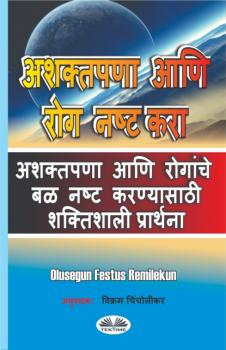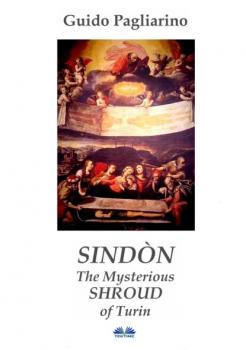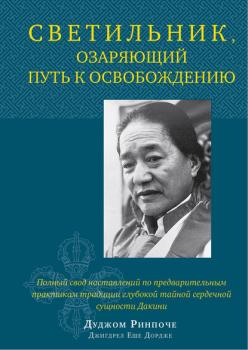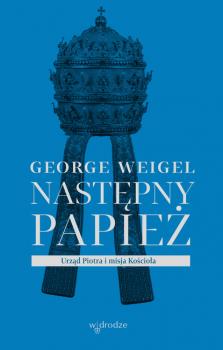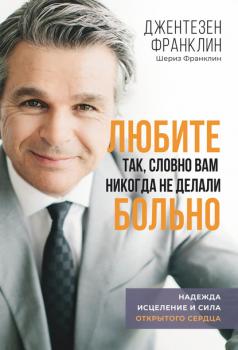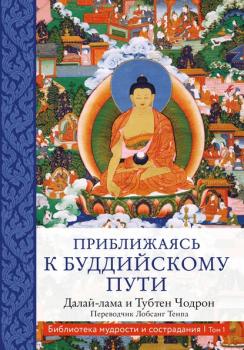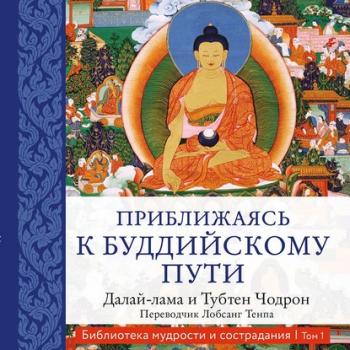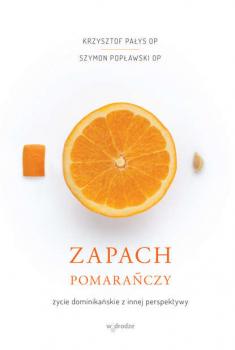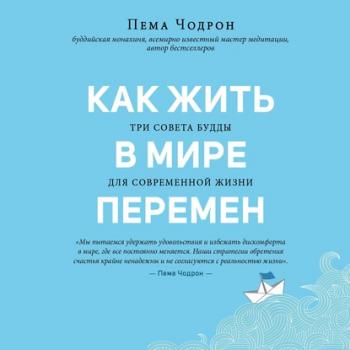ТОП просматриваемых книг сайта:
Зарубежная эзотерическая и религиозная литература
Различные книги в жанре Зарубежная эзотерическая и религиозная литература, доступные для чтения и скачиванияАннотация
अशकतपण ह अश सथत कव रग आह जयमळ कमजर नरमण हत आण मतय हऊ शकत. आजरपण, रग, अशकतपण आण वदन आत पथववर सररसपण पसरत आहत. मखयत, अशकतपण आण रग ह आसर सवभवच असतत. ह पसतक एक लघ आधयतमक यदधच पररथन पसतक आह ज वशषत मतरपड, यकत, करकरग, मधमह, उचच रकतदब आण आपलय शररत आण रकत परणलतल कणतयह वचतर रगच आजर आण रग नषट करणयसठ लकषयत आह. य पसतकमधल आपलयल लग असणऱय परतयक वषयवर दररज कमतकम 1-तस सतत आण उपसनसह 7 दवस उपवस ठवन पररथन कल पहज. ह पसतक दवसचय कणतयह वळ वपरलय जऊ शकत परत आपण यदधतल पररथनमधय वयसत असणर असलयन आपणस म रतर 12 त 3 दरमयन पररथन करणयच सलल दत. जहवह रफच शकत आपलयल बर करल आण य पसतकचय मधयमतन आपलयल अशकतपण व आजरचय बधनतन मकत करल. आतत आपल परत मळव! शलम!
Информация о книге
Автор произведения Olusegun Festus Remilekun
Аннотация
Command the Day is a morning prayer to guide and protect you for the day’s task ahead. You will be able to focus your time and attention on seeking God's plan for each day of every month. This book is valuable for those that need peace, encouragement, strength, protection, success, breakthrough, healing, Miracle etc for each day. You will discover reasons you need to command your day and the benefits attached to it. Prayer in the morning gives you direction to where it needs to be, so you don’t miss your target. When you wake up in the morning, your mental ability function at its peak, so prayers in the morning refresh and recharge your soul. God will be happy with you when you look up to him for the day’s task ahead. Morning prayers are an opportunity to get closer to God and thank him for his unquenchable love, blessings, breakthroughs healing etc. When you wake up in the morning to pray to God, pray with confidence and keep your eyes open for his answers. In order words, do not be afraid when you are praying to God especially in the morning. According to the Book Isaiah 41.10, the Lord says, “Fear not, for I am with you; be not dismayed, for I am Your God; I will strengthen you, I will help you, I will uphold you with My righteous right hand” Be rest assured that prayers in the morning lead God our Creator to guide and protect you throughout the day. He loves you and he wants the best for you, so praying in the morning remind God of his promise to you.
Информация о книге
Автор произведения Dr. Olusola Coker
Аннотация
This essay divulges what the research has established about the famous Shroud of Turin, and it is not intended to persuade to believe that the Cloth of Turin really wrapped the body of Christ a couple of thousands year ago. The author returns several times to certain subjects, according to different perspectives: the reader does not consider such reiterations as not necessary and involuntary: the work includes a general introductory part – at some point, considering it useful, already with in-depth studies, as for the medical conclusions of the anatomopathologist Pierluigi Baima Bollone – and a section, divided into chapters, specifically dealing with particular topics already covered in the first part, for example the photographs of the Shroud, and a chronology. This essay has been updated several times by the author. The essay is not intended to persuade to believe that the Sheet of Turin has really wrapped the body of Christ a couple of thousand years ago or, as commonly said, that it is authentic- On the other hand, authenticity can also mean something else, you can say the Shroud preserved in Turin is the Cloth that wrapped body of Christ, but it could be different than simply assume that an item is two thousand years old; and if I do not take a position on the fact that this famous Sheet wrapped Jesus, I suppose that the reasons for thinking that the Shroud is very ancient are prevailing, as there are currently lots of evidence to support it and only two against, of which only one seems objectively to be considered: the radiodating tests on Shroud samples which determined the age of the Sheet at lower medieval period; but they are increasingly disputed by Christian experts, scientifically and not only. The other reason against the Shroud is a prejudice, that comes both from anticlerical laity and from the majority of the Christians Reformed, preclusion that leads the first to ignore the theme, and sometime to mock it; and leads the Protestant believers to condemn the veneration of the Shroud, which they consider to be a mere ”symbol” created by human hands: they follow the Old Testament condemnation of ”make for yourself images”, historically born for anti-idolatrous reasons, although Catholics argue that the prohibition existed only before God was incarnated in Jesus, showing himself to the world as ”image”, that is as carnal human figure, without any possibility to be confused with graven images; there are, moreover, Catholics who deny authenticity, in the sense that the Shroud isn't precisely the one that wrapped Jesus , and you can find Protestants which assume it is authentic, at least in the second sense of the term or even in the first. In any case, it should be stressed that the Christian faith is not based on the Shroud of Turin but, historically, on the oral witness of the Apostles on Christ’s resurrection, gathered within the first century in the books of the New Testament and come down to us because it was preserved by the Church over the centuries, with systematic control of matching between the new copies and the previous ones, starting with the oldest. With this spirit comes the second edition of the essay of Guido Pagliarino on the Shroud, , carried out considering new data and correcting a couple of inaccuracies in the book released years ago The author returns several times to certain subjects, according to different perspectives: the reader does not consider such reiterations as not necessary and involuntary: the work includes a general introductory part – at some point, considering it useful, already with in-depth studies, as for the medical conclusions of the anatomopathologist Pierluigi Baima Bollone – and a section, divided into chapters, specifically dealing with particular topics already covered in the first part, for example the photographs of the Shroud, and a chronology.
Информация о книге
Автор произведения Guido Pagliarino
Светильник, озаряющий путь к освобождению. Полный свод наставлений по предварительным практикам традиции глубокой тайной сердечной сущности Дакини - Дуджом Ринпоче
Самадхи (Ганга – Ориенталия)Аннотация
Эта книга является ясным и всеобъемлющим изложением основы практики традиции ваджраяны, которое было составлено одним из величайших современных мастеров тибетского буддизма. В дополнение к объяснениям внутренних и внешних предварительных практик в ней также содержатся подробные наставления по истинному воззрению, подобающему образу поведения и осуществлению активностей.
В формате PDF A4 сохранен издательский макет.
Информация о книге
Автор произведения Дуджом Ринпоче
Аннотация
Информация о книге
Автор произведения George Weigel
Аннотация
Не секрет, что самые близкие нам люди могут причинить нам больше всего боли. После предательства мы строим стены вокруг своего сердца, чтобы защититься от душевных ран, хотя именно эти стены заслоняют от нас надежду и мешают нам принять исцеление и почувствовать любовь.
Пастор и автор бестселлеров, по мнению New York Times, Джентезен Франклин рассказывает личную историю о пережитой им боли и показывает, как обрести силу, мужество и желание любить так, словно вам никогда не делали больно. На примере библейских историй и историй из современной жизни он показывает разные виды разочарования и сердечной боли и отвечает на вопросы: «Почему я должен снова доверять?», «Как мне простить?» и другие.
Не позволяйте поступкам других людей контролировать состояние вашего сердца. В этой книге вы найдете все необходимое, чтобы разрушить стены, проработать раны, восстановить разрушенные отношения и обрести силу открытого сердца.
В формате PDF A4 сохранен издательский макет.
Информация о книге
Автор произведения Джентезен Франклин
Аннотация
Это первый из семи томов серии «Библиотека мудрости и сострадания», написанной Его Святейшеством Далай-ламой совместно с одной из его главных учениц, монахиней Тубтен Чодрон. Книга содержит объяснения ключевых тем, которые готовят наш ум ко вступлению на путь пробуждения: от работы с эмоциями до применения буддийской мудрости к глобальным проблемам человечества.
Информация о книге
Автор произведения Далай-лама XIV
Аннотация
Это первый из семи томов серии «Библиотека мудрости и сострадания», написанной Его Святейшеством Далай-ламой совместно с одной из его главных учениц, монахиней Тубтен Чодрон. Книга содержит объяснения ключевых тем, которые готовят наш ум ко вступлению на путь пробуждения: от работы с эмоциями до применения буддийской мудрости к глобальным проблемам человечества.
Информация о книге
Автор произведения Далай-лама XIV
Аннотация
Информация о книге
Автор произведения Krzysztof Pałys OP
Как жить в мире перемен. Три совета Будды для современной жизни - Пема Чодрон
Великие учителя современностиАннотация
Мы все стремимся сохранить то, что нам дорого, и избавиться от того, что нам неприятно. Это главное стремление человека не согласуется с реальностью жизни: все постоянно меняется, и никому не под силу этими переменами управлять. Как жить в мире, где ничто не может служить гарантией стабильности, не сойти с ума от тревоги и, более того, использовать эту ситуацию как путь к долговременному счастью? Широко известная на Западе буддийская монахиня Пема Чодрон дает ответ на этот вопрос, разъясняя современным и доступным языком так называемые «Три обета Будды». Книга содержит учения Будды и других учителей, а также практические медитации. Кроме того, автор откровенно делится собственным опытом. До монашества американка Пема Чодрон жила довольно обычной жизнью: работала учительницей в школе, дважды была замужем, родила троих детей. В своих книгах она часто упоминает, что именно трудности в личных отношениях помогли ей найти ответы на глубинные вопросы и изменить себя.
Информация о книге
Автор произведения Пема Чодрон

